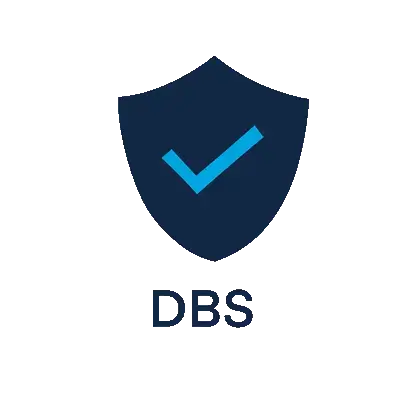The ISEB 13+ Common Pre-Test - Your Questions, Answered
The Common Entrance (13+) route to independent schools can be challenging for both children and parents. The journey starts with the ISEB Pre-Test in Year 6 or 7. To help you navigate this complex process we have answered some frequently asked questions below on the Pre-Test. Please do check out our accompanying guides too!
How does Common Entrance differ from 7+ and 11+?
- Generally the number of applicants sitting the 7+ and 11+ are higher than the number of places available
- Common entrance on the other hand, has a lower ratio of students to places, meaning there are fewer applicants per place
- Schools use pre-tests to help determine who will be offered a place based upon their performance in the Common Entrance exams
How do I enter my child for the Pre-Test?
- Each school's website will outline the (relatively simple) process. You will need to pay a registration fee and complete a registration form
- Successful registration will allow the applicant to be considered for the school, dependent upon the results of the pre-test
- Schools have dedicated admissions staff who will be able to answer any specific queries you may have, by phone or email. Please do check out each school's website as they will have a dedicated section on admissions and entrance tests
- We have a list of schools that currently (2021) use the ISEB Pre-Test
How does the ISEB Common pre-test work?
- The ISEB Common Pre-Test will only be sat once per year, usually at the student’s current school. Results are then sent to all schools that the student is applying to that year.
- If a student was to apply to two different schools requiring registration in Year 6 and Year 7 respectively, and didn’t get into the earlier school, they would be required to sit the pre-test again in Year 7.
- The test takes around two hours and thirty minutes. This includes papers in Maths, English, Verbal and Non-Verbal Reasoning, delivered on the following timings:
- Maths - 50 minutes
- English - 25 minutes
- Verbal Reasoning - 36 minutes
- Non-Verbal Reasoning - 32 minutes
- Students input all answers into a computer. (Parents should be aware that there is no facility to return to answers to check them once inputted, and so students will benefit from practising checking as they go along)
- Students are not allowed to write anything on paper during the English, Verbal- and Non-Verbal Reasoning sections
- Scrap paper will be provided in the Maths section
- All questions are multiple choice
What happens after the pre-test?
- The next steps vary depending upon the school, but most will follow up with interviews for successful candidates or a non-standardised assessment of their own
- Students who are just below the ISEB pass mark may be invited to join a waiting list for the school. The pass mark varies from school to school
- After a successful assessment and follow up interview, the applicant will be offered a place. Parents will need to pay a deposit at this point and the school will assume the child will be attending provide they pass the Common Entrance in a few years
- Some schools may invite students to sit a scholarship paper if ISEB results are very high. These assessments will be set at a more challenging level
- Successful pre-test applicants now have a few years to prepare for the Common Entrance
- The results of this test are made available to all schools to which the applicant has applied
Who writes the ISEB Common Pre-Test?
- The ISEB has outsourced the provision of the Common Pre-Test to GL-Assessment, a major provider of assessment materials to schools and elsewhere
- Many schools use GL-Assessment content to select students; they currently write the Kent 11+ papers.
Is the ISEB Pre-Test the only pre-test used?
No, although it is the most popular. Attempting to explain the differences between each would likely involve as many explanations as there were different pre-tests, but there are some common features:
- The tests are more commonly becoming computerised.
- Non ISEB pre-tests will be sat at the destination school.
- The timelines are similar to those of schools running the ISEB system, i.e. pre tests are sat 2 or 3 years before.
How we can help
Hopefully, we have been able to help answer some questions you might have about the ISEB Pre-Test. If you have further queries please don't hesitate to get in touch at enquiries@owltutors.co.uk or complete an enquiry form.
Our tutors are rated 4.9 / 5 based on 1160 reviews.





